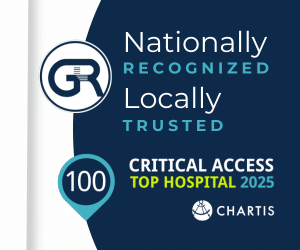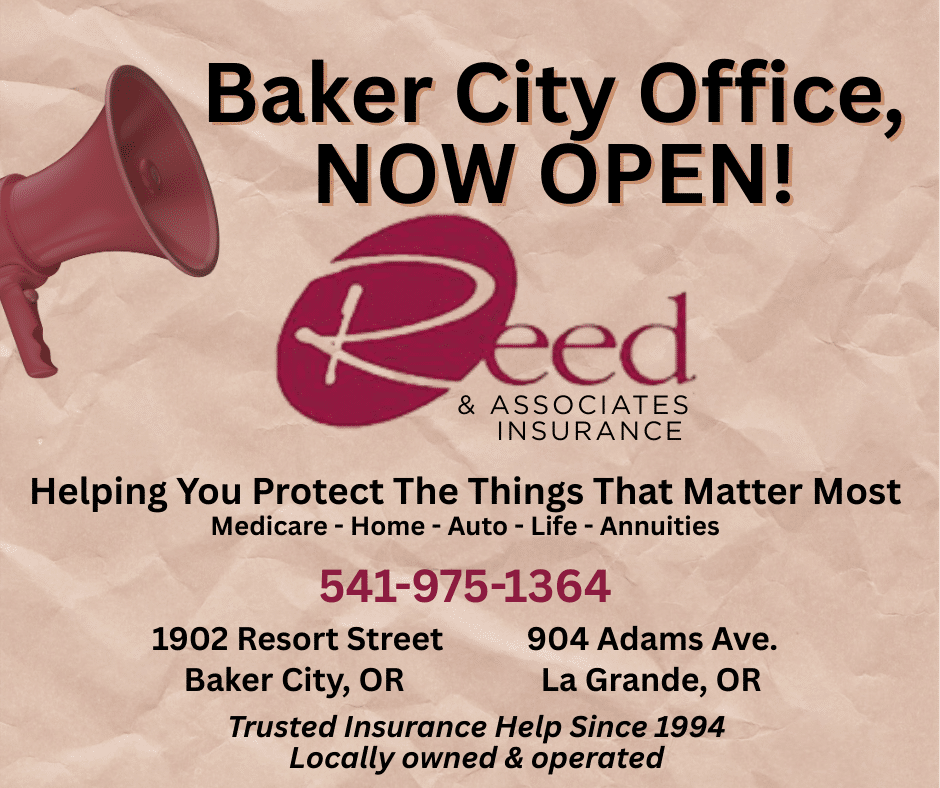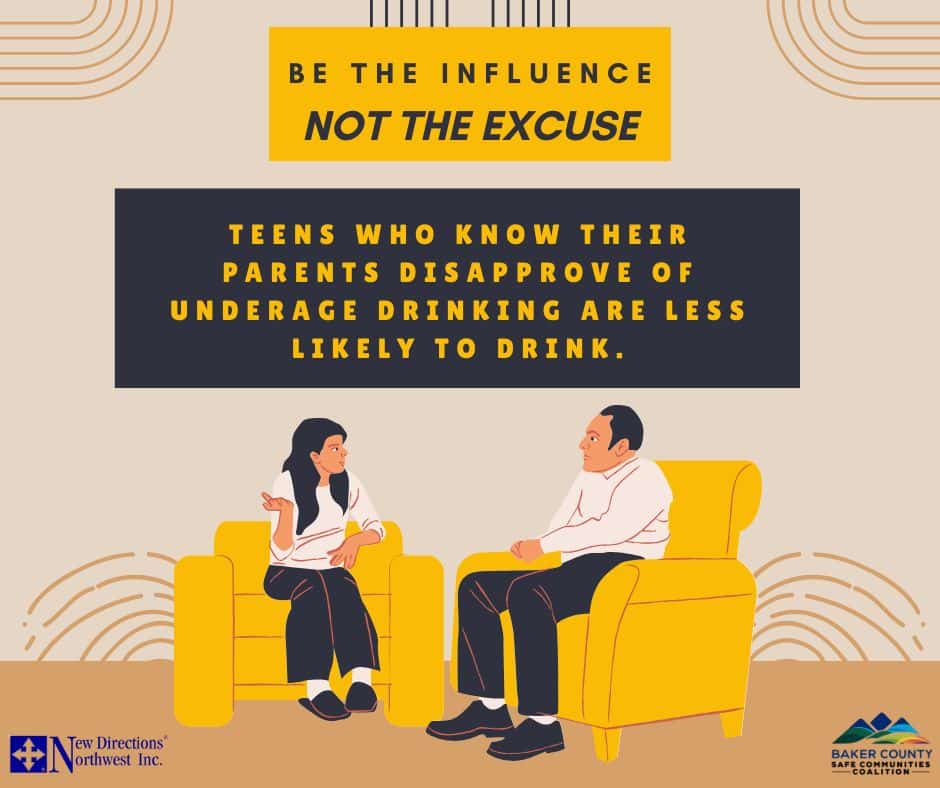
Buffalo Flats Floodplain Restoration Project nears final planning stages as City of Union raises opposition
By Garrett Christensen on Thursday, April 3rd, 2025 in More Top Stories Northeastern Oregon News
UNION – (UPDATED 4/2/25) Since the initial posting of this article, some residents of the City of Union, including former Union County Commissioner Donna Beverage, have reached to clarify the full extent of the opposition. In addition to the formal letter of opposition published by the city, residents have distributed a petition garnering around 140 signatures over a two day period. As mentioned in the original article, residents have also vehemently expressed opposition at public meetings (with upwards of 60 people in attendance) throughout March, with the city having also reached out to state representatives in the meantime. A copy of the petition is attached:
For more information on the project and the City of Union’s stance, including links to project documents and the city’s formal letter of opposition, please see our full, original, article below:
___
UNION — The Buffalo Flats Floodplain Restoration Project, an effort to restore the historic, natural floodplain and improve salmonid habitats near the City of Union, has sparked some opposition among local residents. As the project nears 100% completion of its Little Creek design phase, the controversy continues, with Union residents seeking legal solutions to postpone the work. Meanwhile, the project team pushes on with design work and efforts to communicate the project’s intentions and benefits.
For those unfamiliar, the Buffalo Flats Floodplain Restoration Project is a collaborative environmental restoration effort involving the Union Soil and Water Conservation District, Bureau of Reclamation, Grande Ronde Model Watershed, Trout Unlimited, Confederated Tribes of the Umatilla Indian Reservation, and the Buffalo Peak Land and Livestock Company. In brief, the project is intended to restore historic floodplain conditions, improve salmonid habitats and waterway access, and allow for easier flood mitigation for The City of Union. The project covers an approximate 268-acre portion of land, known as the Buffalo Flats, owned by the Buffalo Peak Land and Livestock Company. This portion of land is part of a greater 628-acre cattle ranch.
The project area, which includes both Catherine Creek and Little Creek, is located adjacent to the East Side of the City of Union, near the Eastern Oregon Livestock Showgrounds, with roughly 80 acres falling within city jurisdiction. The project’s primary goals, as written by the Union Soil and Water Conservation District, are as follows:
- Enhance and restore aquatic habitat conditions and increase habitat diversity and complexity for salmonids;
- Improve water quality conditions (temperature and sediment) for salmonids, other native fish, and wildlife;
- Promote conditions for restoring ecological function and improving soil health within the project area;
- Improve riparian corridor and floodplain vegetative diversity and function within the project area;
- Reconnect both Catherine Creek and Little Creek with their associated floodplains and expand quality floodplain habitat availability for salmonids within the project boundaries;
- Increase streambank and floodplain storage of water and ice; increasing the potential for attenuating flows and reducing ice formation within the project reach.
Interest in restoring the land began around 2010, though action wasn’t taken until 2018 when the Buffalo Peak Land and Livestock Company purchased the land. The company approached the Grande Ronde Model Watershed to propose the restoration project, which subsequently began proper development in 2019. Though encompassing the whole of Buffalo Flats, the project is split into sub-projects between Catherin Creek and Little Creek. Currently, the Little Creek portion is the main focus of development, nearing 100% design completion. According to Jim Webster, District Manager for the Union Soil and Water Conservation District, work will eventually shift back to Catherin Creek long term.
As to the physical work being planned, excavation will be carried out to dig, modify, or fill in various channels of the creek to stimulate environmental restoration and changes over time. As explained by Webster:
“We are proposing here to physically dig secondary channels, fill part of the existing channel, and dig new channels. In the first year, we expect to see some of the benefits of improved habitat for fish. In the first three years, once vegetation starts growing back and recovering all the plants that we plant, it’ll go through a couple of high flows so that it adjusts itself. Then, we’re going to really start to see declines in stream temperature in the summer, more improved in-stream fish habitat, and then better water storage in the floodplain and returns to the channel.”
Please note that there are significant technical aspects of the project that are not conducive to a brief news summary. Those interested in the full technical details of the project can visit the Union Soil and Water Conservation District’s project page here.
As mentioned, controversy has arisen with the City of Union, with members of the City Council attempting legal blocking of the project. Issues are taken with most facets of the project, but a particularly major concern raised by local residents and the city council is fears that the project will limit, if not completely eliminate, groundwater access to properties downstream from the project area. In a formal letter of opposition to the project, the city wrote in section 3, subsection a and b:
“a. Downstream landowners have senior water rights. However, the 80% plan mentions ‘water rights“ only once, failing to address potential impacts on those rights.
b. Water right owners have concerns that due to the lack of control of water flows through the project area, the project area will get an uncontrolled amount of water and water right holders downstream will not get their legally allotted water.”
The City’s full letter of opposition can be found here.
During a Union City Council meeting on March 17 and Union County Commission meeting on March 19, various residents (including former Union County Commissioner Donna Beverage) and members of the city council expressed their virement opposition to the Buffalo Flats Project. Opinions expressed ranged from accusations of a deliberate conspiracy to cut off water from locals, to fears that the project team has overestimated how much ground water will be released back to lower properties once excavation has completed.
Other concerns and criticisms raised during the meetings and in the letter of opposition include:
- The Buffalo Flats Project team was insufficient in public outreach, both in not organizing/attending public meetings and not informing individual property owners early enough. Some landowners claimed they were informed by third parties only within the past month.
- Federal law was violated by failure to organize public meetings.
- Due to the presence of blockages and diversion dams, no fish can reach the creeks or may have never been present in the creeks at all, rendering the project partially pointless.
- Insufficient evidence has been presented by the project team that the floodplain has changed from its historical environment.
- Federal funds are being used to improperly support a project on private property.
- The project lacks third party oversight.
During the Commission meeting on March 19, the City Council appealed to the Union County Board of Commissioners to formally declare support for the City’s letter of opposition. The commissioners agreed to schedule a work session to go over the project and the city’s opposition in further detail before making any decisions. It is unclear at this time to what degree the commissioners can back or weigh in on the letter of opposition.
In the meantime, the City of Union indicated it would not sign off on floodplain permits needed for the project to continue. Elkhorn Media Group had initially planned a formal interview with The City of Union regarding the controversy, though the City later declined this request after some deliberation. City Manager Celeste Tate instead issued the following statement:
“The city is currently working with Cliff Bentz’s office and his associates to get a clearer picture on how this project could affect the City of Union and others downstream. In addition, the City of Union recently reviewed a letter prepared by the City of Union Buffalo Flats Committee, and presented by myself and the council, adopted a resolution in regards to the letter presented.”
In a recent interview, Webster addressed/disputed some of the previously listed concerns. Public outreach was allegedly handled early on, with the city and local landowners being contacted as needed. This included residents near various irrigation ditches (such as Prescott ditch) expected to be impacted by the project. That said, not all residents were individually contacted if it was deemed they or their water access would not be impacted. Throughout the process, the team also continually posted information online.
Webster also clarified the accusations of federal violations, claiming the project does not require public meetings until it reaches the environmental assessment stage, stating:
“This is going through NEPA with Bonneville Power Administration. It’s going to be signed off as a categorical exclusion. It has to be assessed for how it affects listed species or the environment. Then, the highest step is environmental assessment, an EA. An EA is the only level that requires full public meetings and public input.”
Further, according to Webster, various fish species are present within the project area, though local blockages do prevent full access for some species. Webster claimed juvenile steelheads were sampled by ODFW in the area between 2012 and 2016, with Chinook also reaching the lower areas of Little Creek. Thus far, the team has also moved around 10,000 mussels out of the creek in advance of excavation, with Pacific Lamprey also having been sampled previously. Of the six diversion dams below the project area, Webster explained that one had a bypass installed in 2011, three will be addressed over the next four years, and the remaining two, Weaver Dam and Israel Ames Dam, were recently modified to allow fish bypasses.
Regarding other aspects of legal status and oversight, Webster claims the project was reviewed and approved locally by Anderson Perry. The city permits mentioned earlier, according to Webster, broadly refer to a removal fill permit required by the Department of State Lands, which requires a land use compatibility form to be signed by the local jurisdiction, in this case the City of Union for the 80-acre portion in the city’s boundaries.
Local water access was also brought up multiple times in the interview, with Webster confident that water access/water rights will not be impeded. Explaining:
“We’re talking about water flooding in the field in the spring and then coming back out in the channel, which is at a lower elevation. It stores flood flows in the spring when it’s flooded, and then as the water drops and the elevation of the stream channel drops, that water in the adjacent floodplain drops back into the stream channel. That’s what’s going to feed those water rights.”
As of the time of writing, 100% design documents for the Little Creek portion of the project are expected to be made public in mid-April. Groundbreaking was initially planned for 2025 though will likely be pushed to 2026. The city of Union is continuing to seek legal counsel regarding the project, while Union County Commissioners are expected to host a work session before any further action is taken at the county level.
As mentioned previously, the full extent of the Buffalo Flat’s Project’s technical aspects and, equally, the full extent of the City of Union’s grievances are quite extensive and highly detailed. It is recommended that anyone further interested in either the project or opposition read available documentation for themselves. More information on the Buffalo Flats Project, including links to public documents/plans, can be found at https://www.unionswcd.org/buffalo-flats-floodplain-restoration
The City of Union’s full letter of opposition can be found at https://cityofunion.civicweb.net/document/65086/Letter%20in%20Opposition.pdf?handle=970D02CBE3234A1988C0F2879313DE62









